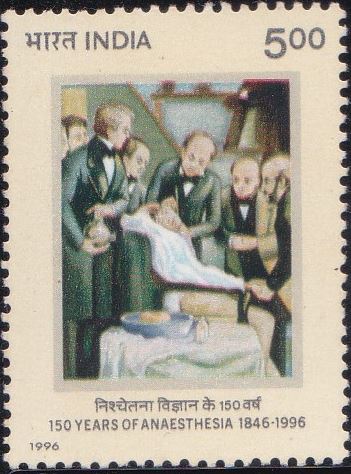
India on Anaesthesia 1996
A commemorative postage stamp on the 150 Years of Anesthesia :

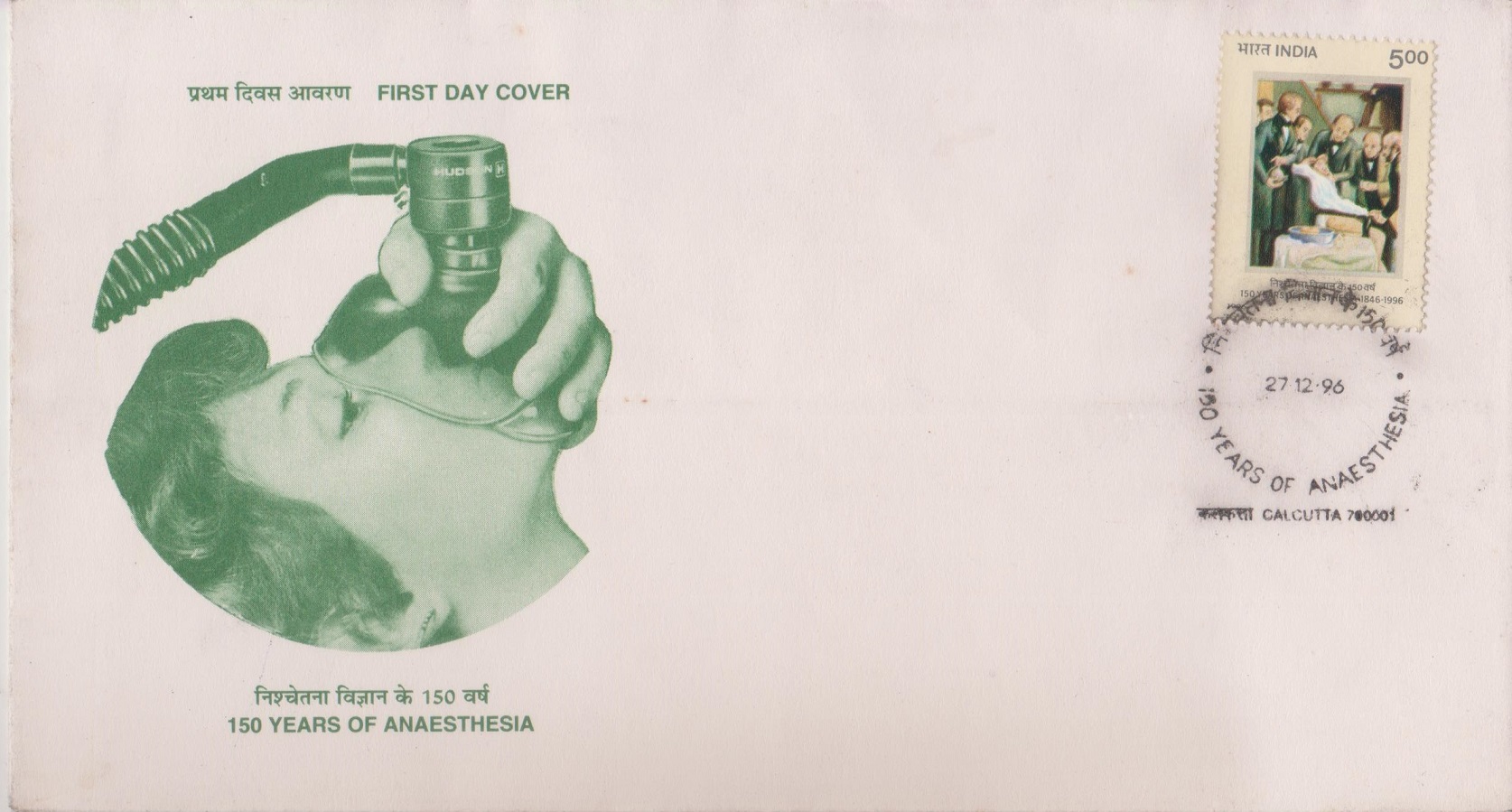 Issued by India
Issued by India
Issued on Dec 27, 1996
Issued for : The Department of Post is happy to issue a stamp to commemorate 150 years of anaesthesia, and its service to humanity by way of introducing painless surgery.
Credits :
Stamp Design : Shri Sankha Samantha
First Day Cover : Dr. S.C. Prakash
Cancellation : Smt. Alka Sharma
Type : Stamp, Mint Condition
Colour : Multicolour
Denomination : 500 Paise
Overall size : 3.91 x 2.90 cms.
Printing size : 3.91 x 2.90 cms.
Perforation : 13 x 13
Paper : Imported un w/m Adhesive Gravure Coated Stamp Paper in Sheets 50.8 x 53.5 cms.
Number of Stamps Printed : 0.7 Million
Number per issue sheet : 35
Printing Process : Photogravure
Printer : India Security Press, Nasik
About :
- Anaesthesiology is an important speciality of medical science. Prior to the discovery of Anaesthesia all surgical operations were associated with severe pain. Very often the patient used to die, not because of the disease but because of the shock due to severe pain of surgery. Many complicated surgical operations like open heart surgery, neurosurgery and organ transplant surgery would not have become possible without developments and advances in the science of anaesthesia.
- On 16th October, 1846, William Thomas Green Morton, a dentist from Boston administered ether to one Gilbert Abbott at the Massachusetts General Hospital while the surgeon John Collins Warren removed a tumor from the patient’s jaw, without pain. That day was an important landmark in the history of medical science. Thereafter, surgeons could perform surgical operations while the patient was fast asleep unaware of the entire procedure and feeling absolutely no pain.
- Very soon chloroform replaced ether. However, it was realized that chloroform was harmful to the heart and liver and could cause death during anaesthesia.
- To investigate the safety of chloroform anaesthesia, Nizam of Hyderabad invited two commissions from England in 1888 and 1889. These are considered as important landmarks in the history of development of anaesthesia.
- Ultimately, chloroform was withdrawn as an anaesthetic agent. However, so popular was chloroform as an anaesthetic agent that even today many people think that anaesthesia is induced by chloroform.
- Text : Practising Anaesthesiologists Forum The Indian Society of Anaesthesiologists.


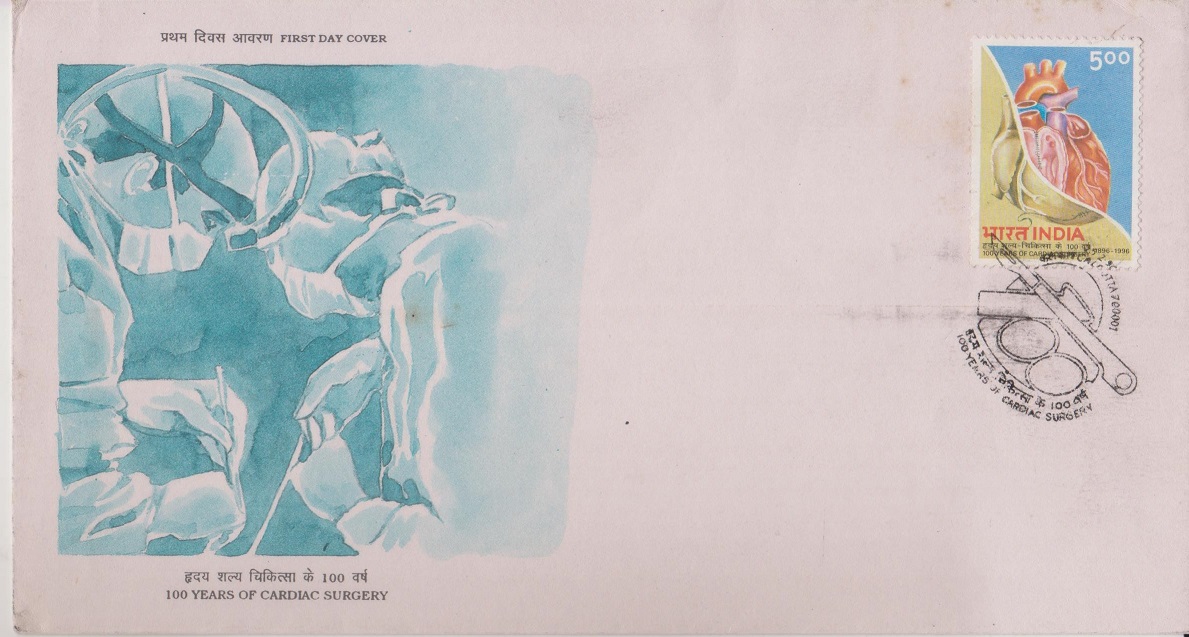


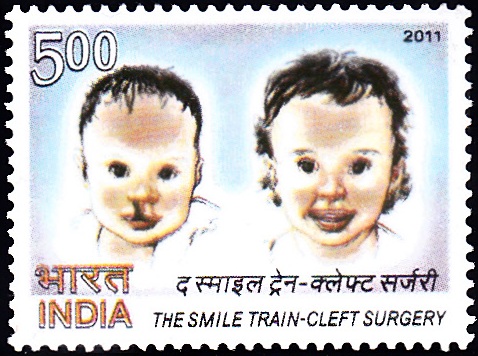
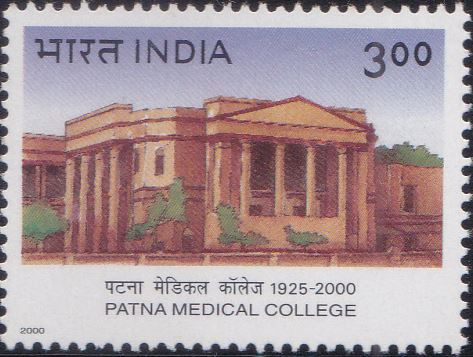
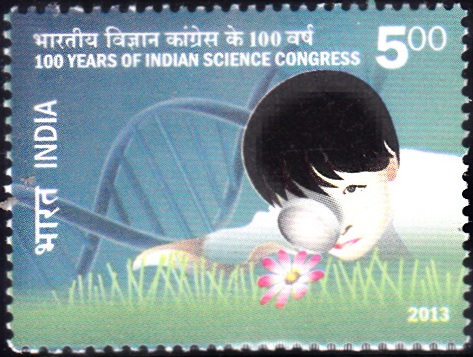
we wanted to buy this stamp and first day cover